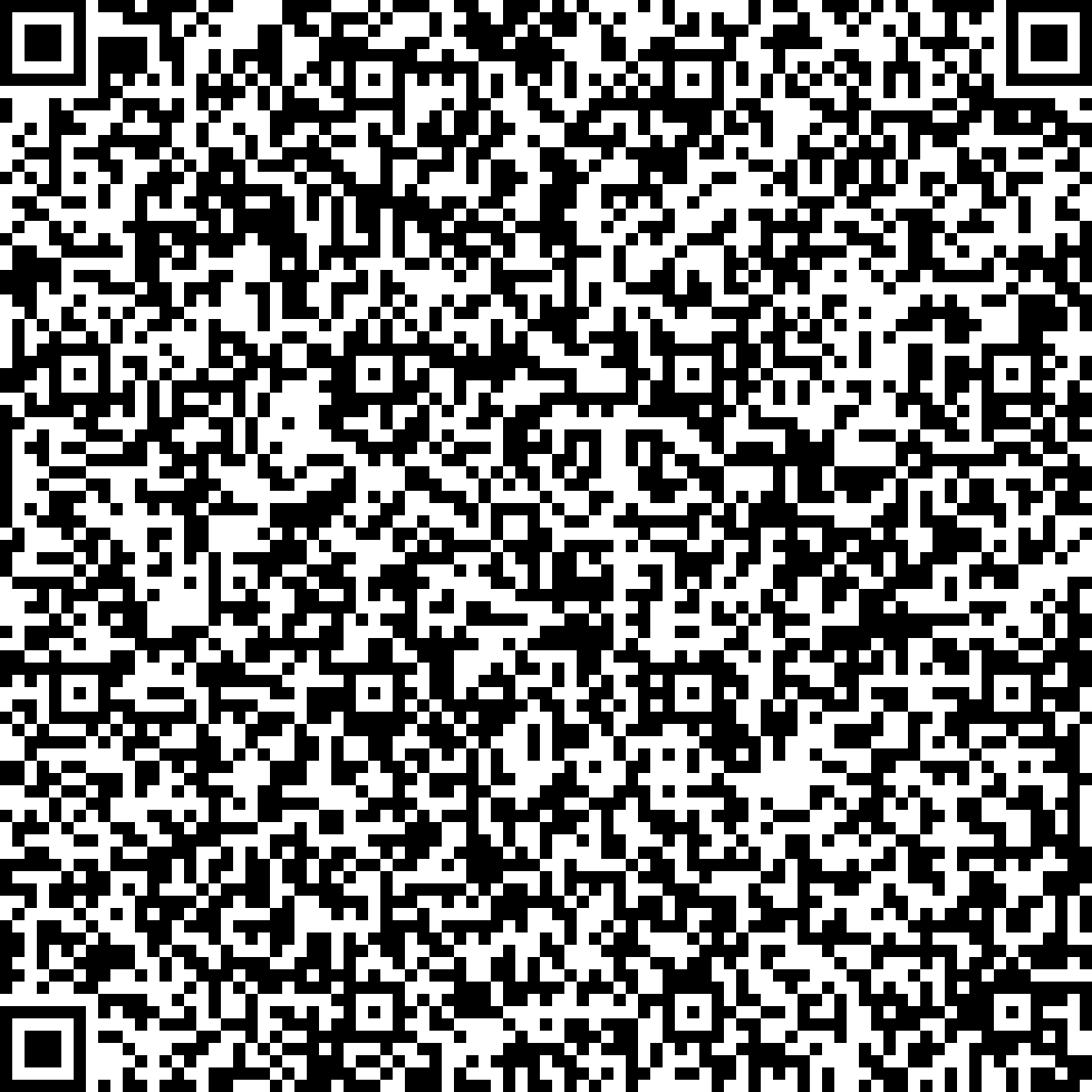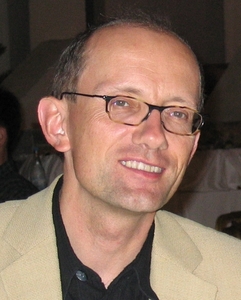


Many chemical reactions occur at solid surfaces, whereby the electronic interaction of the reactants with the substrate alters the reaction >barriers leading to an enhancement of the reaction rate. The dynamics of elementary steps in chemical reactions occurs typically on a femtosecond (fs) timescale. Inducing surface reactions by intense femtosecond (fs) laser pulses provides insights into the dynamics of charge transfer and energy flow between adsorbed atoms or molecules and the underlying substrate. In surface femtochemistry electron transfer into unoccupied antibonding electronic states of the adsorbate may open new reaction pathways which are thermally not accessible. In this talk I will discuss two examples of surface femtochemistry, namely the fs-laser-induced CO oxidation reaction (COad+Oad ->CO2,g) as well as recombination of atomic hydrogen (Had+Had ->H2,g) on a Ru(001) metal surface.



Many chemical reactions occur at solid surfaces, whereby the electronic interaction of the reactants with the substrate alters the reaction >barriers leading to an enhancement of the reaction rate. The dynamics of elementary steps in chemical reactions occurs typically on a femtosecond (fs) timescale. Inducing surface reactions by intense femtosecond (fs) laser pulses provides insights into the dynamics of charge transfer and energy flow between adsorbed atoms or molecules and the underlying substrate. In surface femtochemistry electron transfer into unoccupied antibonding electronic states of the adsorbate may open new reaction pathways which are thermally not accessible. In this talk I will discuss two examples of surface femtochemistry, namely the fs-laser-induced CO oxidation reaction (COad+Oad ->CO2,g) as well as recombination of atomic hydrogen (Had+Had ->H2,g) on a Ru(001) metal surface.